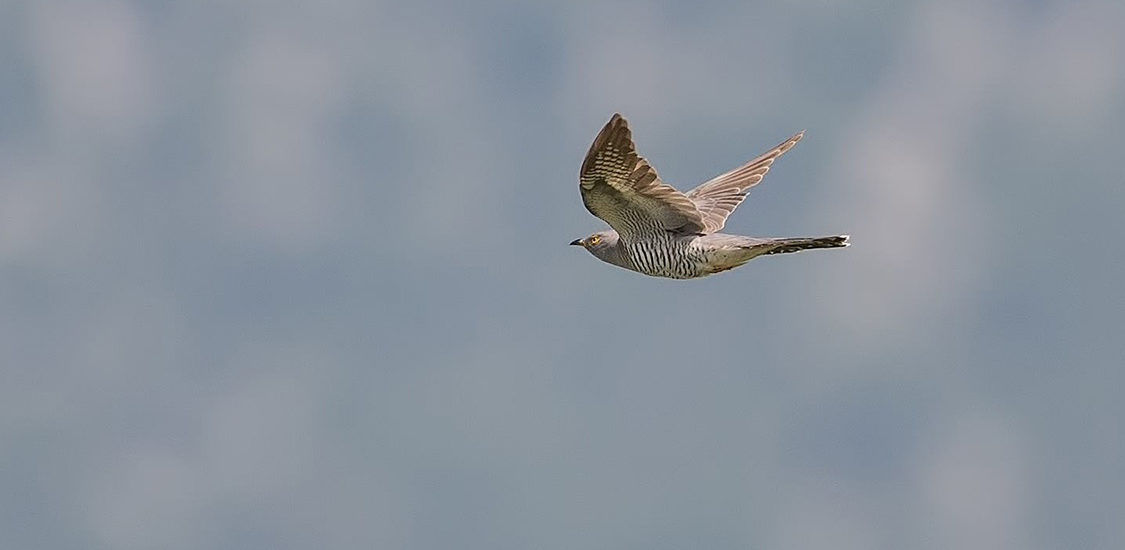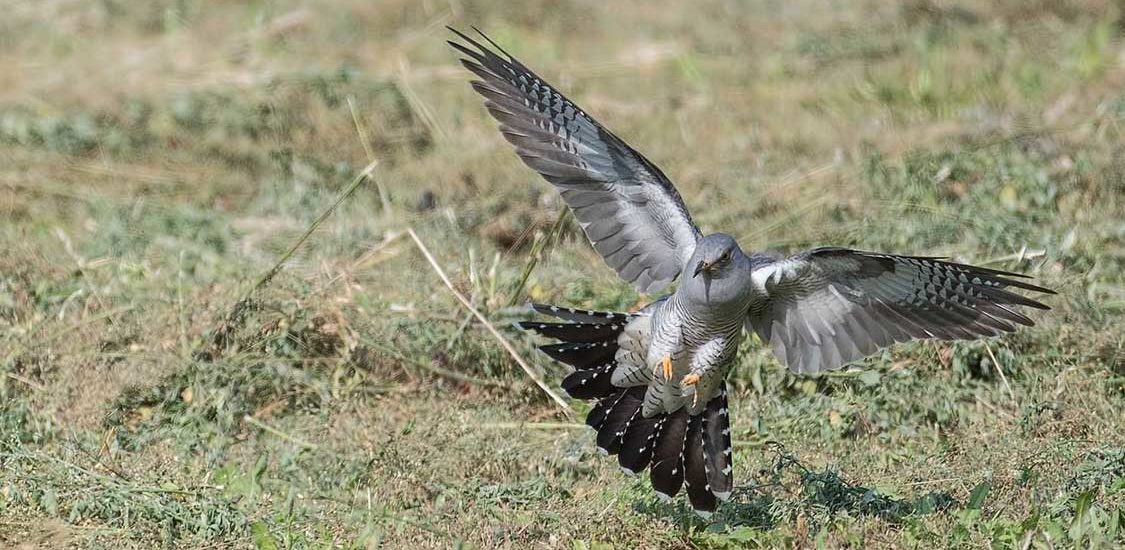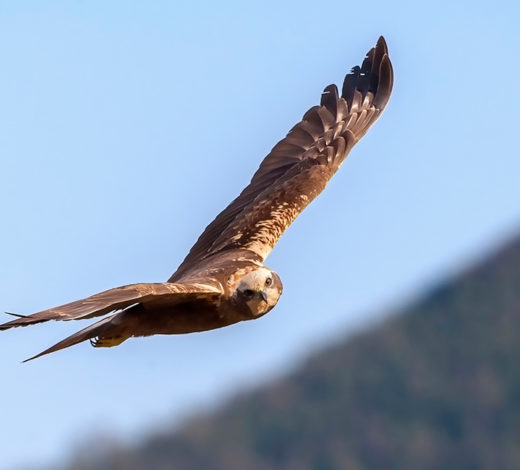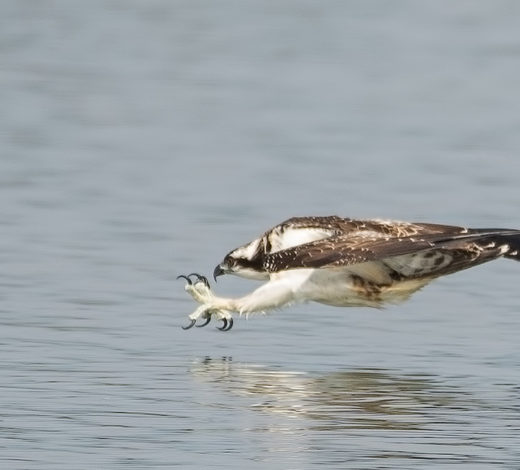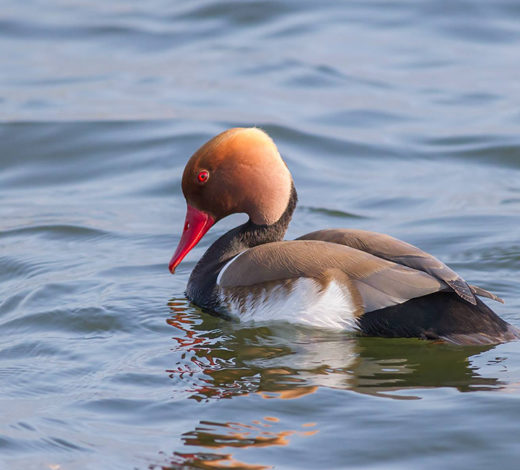Common Cuckoo
(Cuculus canorus)
This species is known for its very interesting reproductive strategy. It is a parasite in fact, since it lays its eggs in the nests of many other species.
Description
Cuckoos can be identified easily, even when they are moving. They can be distinguished by their long tails, barred white chest, and pointy wings, which are held below the horizontal line of the body during flight.
Wingspan: up to 60 cm. Length: 33 cm. With its appearance, it resembles a small bird of prey. It flies fast, without coasting, and often rests in a higher position than the surrounding vegetation.
Habitat
This species can be found in nearly all Italian environments: large city parks, forests, rushes, countryside with hedges or rows of trees, hills with bushy vegetation, Mediterranean scrub, and mountains up to 2000 m.
Observation in the Torbiera Reserve
It is usually easier to hear the typical ‘cuckoo’ emitted by the males than see them, but this is made easier in the Reserve due to the presence of open spaces between patches of vegetation. In fact, they can be seen flying across the water. Cuckoos can be seen from April to the end of June, when they become silent and elusive and are much more difficult to sight. Adults begin to move towards the south before the end of summer. Its typical call can be heard all along the walkways. They love to stop on dry branches in elevated positions that give them a good view of the surrounding rushes, searching for the nests of small marsh birds where they can lay their eggs.
